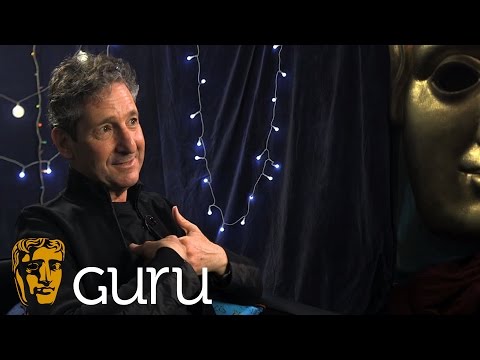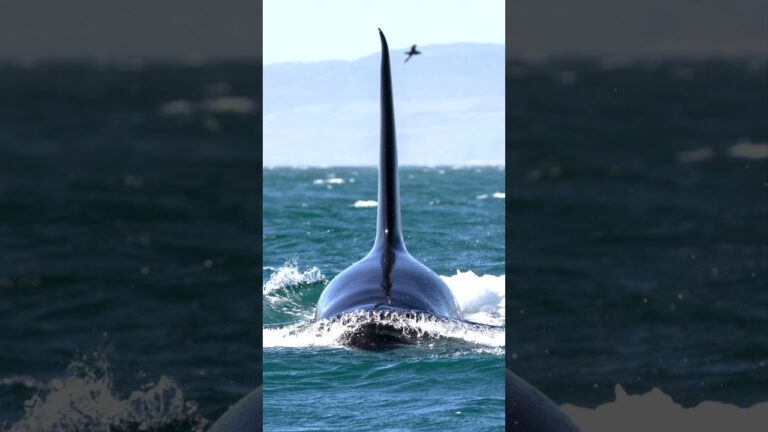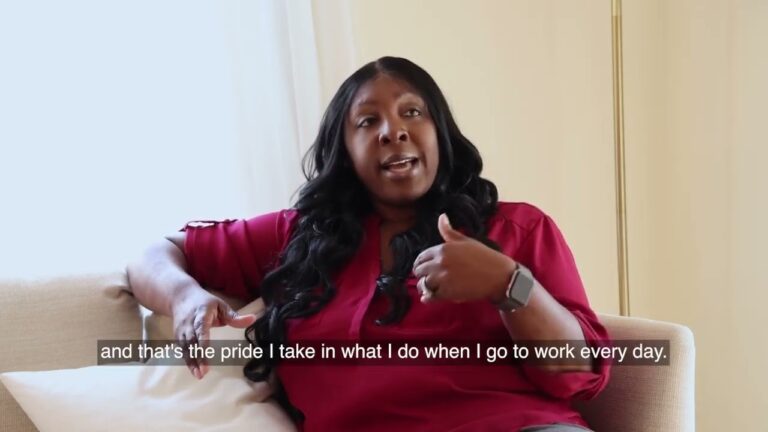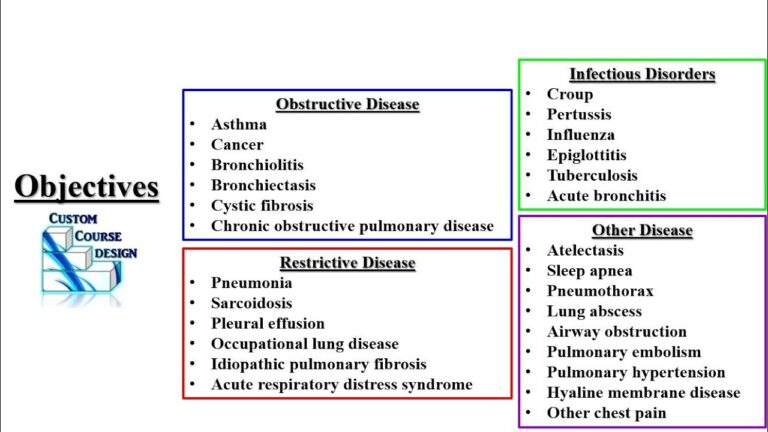Discover the rewarding world of Production Design: job description and salary!

Production Designer Job Description Template
Production Designer Job Description A production designer is a key member of the film, television, or theater production team who is responsible for the overall look and feel of the project. They collaborate closely with the director, cinematographer, and art department to create visually stunning and cohesive sets that enhance the storytelling. The production designer is responsible for researching and developing the visual concept of the production. They analyze the script, create storyboards or sketches to visualize the sets, and create a mood board to convey the desired aesthetic. They also work closely with the art department to select and source props, furniture, and set pieces. Once the visual concept is approved, the production designer works with the art department to bring the concept to life. They oversee the construction and dressing of sets, ensuring that they are accurate, functional, and visually appealing. They also collaborate with the cinematographer to determine the lighting and color schemes that will best enhance the mood and atmosphere. During production, the production designer is responsible for maintaining the visual continuity of the project. They ensure that each scene is consistent with the established visual concept and make any necessary adjustments to the sets or props. They also work closely with the costume designer to ensure that the costumes complement the overall design. In addition to their creative responsibilities, production designers must also have strong management and leadership skills. They oversee a team of art department personnel and coordinate with other departments, such as the construction and wardrobe departments. They must also manage the budget allocated for production design and ensure that all resources are used efficiently. In summary, a production designer is a crucial role in the entertainment industry, responsible for creating visually stunning sets that enhance the overall storytelling. They combine creativity, research, and management skills to bring the director’s vision to life.Production Designer Responsibilities
- Collaborating with the director and other creative team members to understand the artistic vision and style of the production
- Researching and creating visual references, such as sketches, mood boards, and concept art
- Working closely with the art director and set decorator to design and create the overall look and feel of the production
- Creating detailed production design plans, including set designs, floor plans, and prop lists
- Overseeing the construction and installation of sets and props
- Collaborating with the costume designer to ensure visual harmony between sets and costumes
- Selecting and sourcing props, furniture, and other set elements
- Managing the budget for production design and ensuring cost-effective solutions
- Working with the cinematographer to ensure that the visual style is consistent throughout the production
- Supervising the art department team, including set designers, prop makers, and set dressers
- Attending rehearsals and production meetings to provide input on the visual aspects of the production
- Addressing any design-related issues or changes during the production process
- Collaborating with the post-production team to ensure the visual continuity of the production
Production Designer Requirements
How Much Does A Production Designer Make?
Production Designer Salary
| Job Title | Salary |
|---|---|
| Production Designer | $60,000 – $100,000 |
A production designer is responsible for creating the overall visual look of a film, television show, or theater production. They work closely with the director and other members of the production team to design and coordinate the sets, costumes, props, and other visual elements. The salary for a production designer can vary depending on factors such as experience, location, and the size of the production. On average, production designers can expect to earn between $60,000 and $100,000 per year.
Production Designer Salaries by Country
Top Paying Countries for Production Designer
| Country | Average Salary (USD) |
|---|---|
| United States | 100,000 |
| Switzerland | 90,000 |
| Australia | 85,000 |
| Canada | 80,000 |
| United Kingdom | 75,000 |
According to recent data, the top paying countries for production designers include the United States, Switzerland, Australia, Canada, and the United Kingdom. These countries offer high average salaries to production designers, with the United States leading the list with an average salary of $100,000 per year. Switzerland follows closely with an average salary of $90,000, while Australia, Canada, and the United Kingdom offer average salaries of $85,000, $80,000, and $75,000 respectively. These figures demonstrate the potential for lucrative careers in production design in these countries, making them attractive destinations for professionals in the field.
A video on the topic Production Designer
Video Source : BAFTA GuruInterview Questions for Production Designer
1. Can you briefly explain what a Production Designer does?
A Production Designer is responsible for the overall visual concept and design of a film, television show, or theater production. They work closely with the director and other key crew members to create the desired look and feel of the project.
2. What qualities or skills do you think are important for a Production Designer to possess?
A Production Designer should have a strong sense of creativity, attention to detail, and excellent communication skills. They should also be able to work well under pressure, collaborate effectively with a team, and have a deep understanding of visual storytelling.
3. How do you typically approach designing the sets for a production?
I typically start by thoroughly reading the script and discussing the director’s vision. I then conduct research to gather inspiration and references. After that, I sketch out initial ideas and create mood boards to present to the director and production team. Once the concept is approved, I work on developing detailed set designs and collaborate with the art department to bring them to life.
4. Can you share an example of a challenging project you have worked on as a Production Designer?
One challenging project I worked on was a period drama set in the 19th century. The budget was limited, and we had to recreate multiple iconic locations on a tight schedule. I had to find creative solutions to bring the era to life within our constraints, such as repurposing existing locations and utilizing clever set design techniques.
5. How do you ensure that your designs align with the director’s vision?
I believe in open and constant communication with the director throughout the design process. I make sure to have detailed discussions to understand their vision and preferences. I also present my ideas and designs early on to get their feedback and make adjustments accordingly. Collaboration and flexibility are key to ensuring that the designs align with the director’s vision.
6. How do you manage your time and resources effectively as a Production Designer?
Time management and resource allocation are crucial aspects of being a Production Designer. I create a detailed production schedule and prioritize tasks based on their importance. I also work closely with the production team to determine the budget and allocate resources efficiently. Regular monitoring and adjustments are made to ensure everything stays on track.
7. Can you describe a situation where you had to work with a limited budget?
I once worked on an independent film with a very limited budget. We had to be extremely resourceful and creative with our choices. Instead of building elaborate sets, we utilized existing locations and made strategic use of props and set dressing to create the desired atmosphere. It was a challenging but rewarding experience that required careful planning and collaboration.
8. How do you stay updated with the latest trends and technologies in production design?
I believe in continuous learning and staying updated with the latest trends and technologies in production design. I attend industry conferences, workshops, and seminars. I also follow relevant blogs, read books, and watch films and television shows to gain inspiration and learn from other designers’ work.
9. How do you handle disagreements or conflicts within a production team?
Disagreements and conflicts can arise in any creative process, but it’s important to address them professionally and find solutions that benefit the project. I believe in open and respectful communication, actively listening to others’ perspectives, and working towards a compromise. Collaboration and a positive attitude are key to resolving conflicts within a production team.
10. Can you share an example of a project where you had to adapt to unexpected changes?
During the filming of a television series, we had to unexpectedly change shooting locations due to unforeseen circumstances. This required quick thinking and adapting the set designs to fit the new locations. I worked closely with the art department and production team to modify the designs while still maintaining the visual continuity and integrity of the project.






